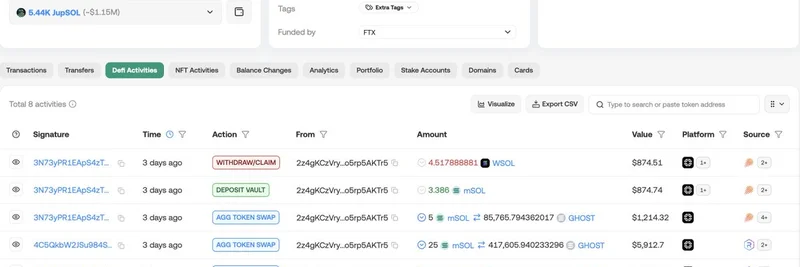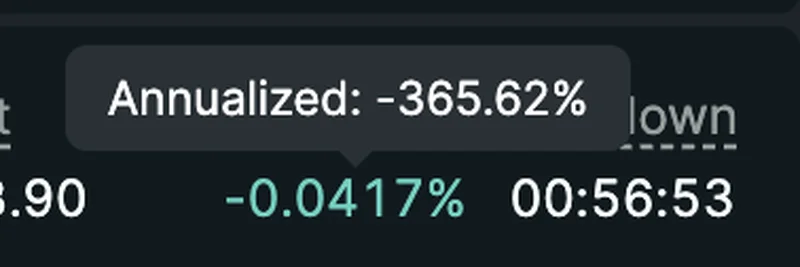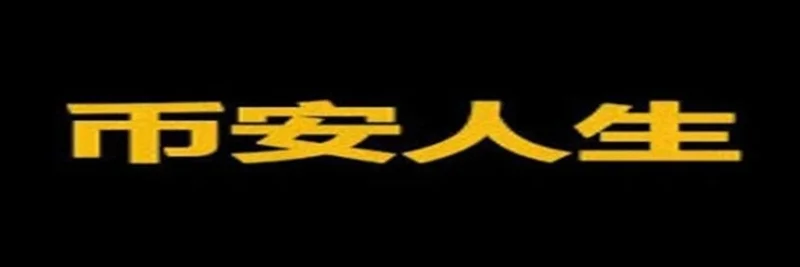VeChain has been making steady strides in the blockchain world, and a recent tweet from BSCNews highlights their progress on the Renaissance roadmap. If you're not familiar, VeChain is a blockchain platform that's been around since 2015, focusing on real-world applications like supply chain management and sustainability. Their native token, VET, acts as a store of value, while VTHO handles transaction fees—think of it like gas on Ethereum.
The tweet points to an in-depth article on BSC News, breaking down how VeChain is revamping its VeChainThor protocol. This isn't just hype; it's a structured plan divided into cosmic-themed phases: Galactica, Hayabusa, and Intergalactic. Let's dive into what they've accomplished so far and what's next.
Kicking Off with Galactica: The Foundation Phase
The Renaissance kicked off in January 2025 with Galactica, focusing on technical upgrades to make the network smoother and more efficient. They rolled out several VeChain Improvement Proposals (VIPs) that introduced a dynamic gas fee model—this means fees adjust based on network demand, helping avoid spikes during busy times. They also aligned with Ethereum's Shanghai upgrade for better smart contract performance, added support for typed transactions, and implemented full burns of base fees to control token supply.
Everything stayed on track: VIPs were submitted in Q1, the testnet launched by March, and an independent audit in May gave it a clean bill of health. A community vote via VeVote passed, and on July 1, Galactica went live on the mainnet. Along with it came StarGate, a new staking platform with a hefty 5.3 billion VTHO reward pool, plus an extra 2.3 billion for the first six months to encourage early participation.
StarGate lowered the entry barriers too. Now, you can start as a Dawn node with just 10,000 VET, or go bigger with Lightning (50,000 VET) or Flash (200,000 VET) for multiplied rewards. It's flexible—you can even combine nodes for custom stakes. This phase wrapped up successfully, giving developers Ethereum-like tools and making staking more accessible for everyday users.
Gearing Up for Hayabusa: The Economic Overhaul
Now, VeChain is in the thick of Hayabusa, the phase all about economics and incentives. This is where they fine-tune tokenomics for VET and VTHO, introduce full staking for delegators and validators, and switch from Proof-of-Authority (PoA) to Delegated Proof-of-Stake (DPoS). The idea? Reward active participants more, reduce VTHO issuance to fight inflation, and boost decentralization by opening validation to more people—no more strict KYC hurdles.
VIPs for this phase are finalized, drawing from Galactica feedback. A big all-stakeholder vote started on August 18, 2025, with nearly 11,000 delegator nodes eligible. If it passes (and signs point to yes), the testnet drops in early September, aiming for mainnet by late December. This could make the network more secure and VTHO's value more stable by linking it tighter to actual usage.
For node holders, it's time to migrate to StarGate if you haven't already. Rewards will favor builders and long-term stakers, which could shake up how people engage with the ecosystem.
Looking Ahead to Intergalactic: Expanding Horizons
Peeking further out, Intergalactic is set for 2026 and focuses on interoperability. Expect JSON RPC integration for easier cross-chain connections and full EVM compatibility to attract more developers. This could open doors for VeChain in bigger plays, like tokenized assets flowing between blockchains.
While details are light right now, it ties into VeChain's real-world push, including partnerships with giants like Boston Consulting Group and Franklin Templeton for sustainability and tokenized funds.
Why This Matters in the Crypto Landscape
VeChain's methodical approach stands out in a space full of quick pumps and dumps—especially relevant if you're into meme tokens, where volatility reigns. These updates could influence broader trends, like how staking and token burns affect scarcity and value. If you're holding VET or eyeing VTHO, keeping tabs on VeVote and official channels like VeChain's X account is key.
Overall, Renaissance shows VeChain evolving without losing sight of its enterprise roots. No major delays so far, and the community governance keeps things transparent. For more details, check out the original BSC News article or the tweet that sparked this discussion: BSCNews on X.
If you're new to this, start with VeChain's docs at vechain.org—they've got tutorials and even Solidity workshops to get you up to speed.



